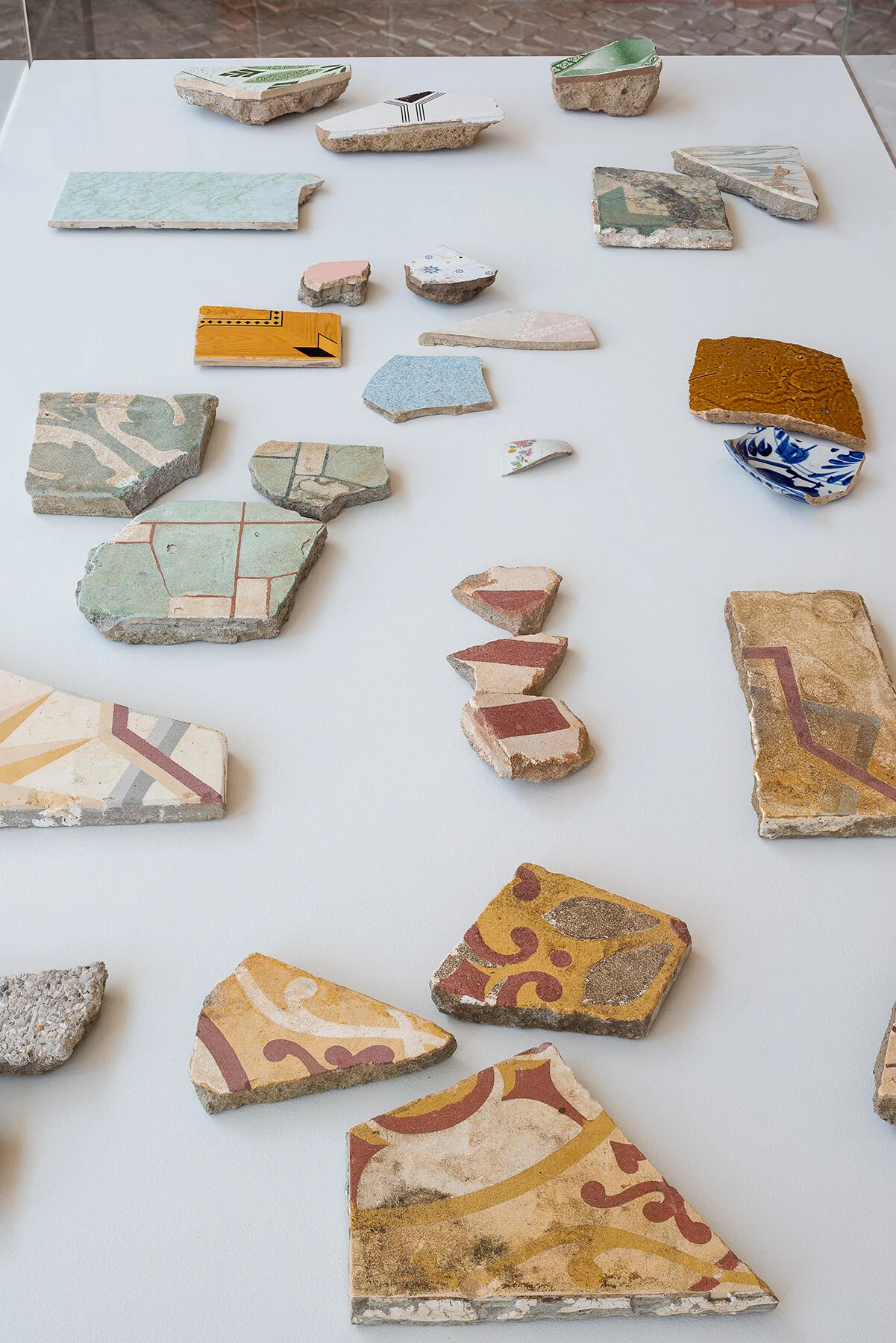
Archaeology for Future Remembrance | 2013-2016

Đồn Cá Trê c.1698 in Le Brun’s 1795 urban planning map of Saigon | 2013 | 110 x 70 cm

After 1972 USAID Thu Thiem Development Plan | 2013 | ink and oil on vellum & paper | 110 x 70 cm

landscapes of a people yet to come–HCMC ICA plans for New Thu Thiem Urban Area | 2013 | ink, oil, pencil, image transfer on vellum & paper | 79 x 100 cm
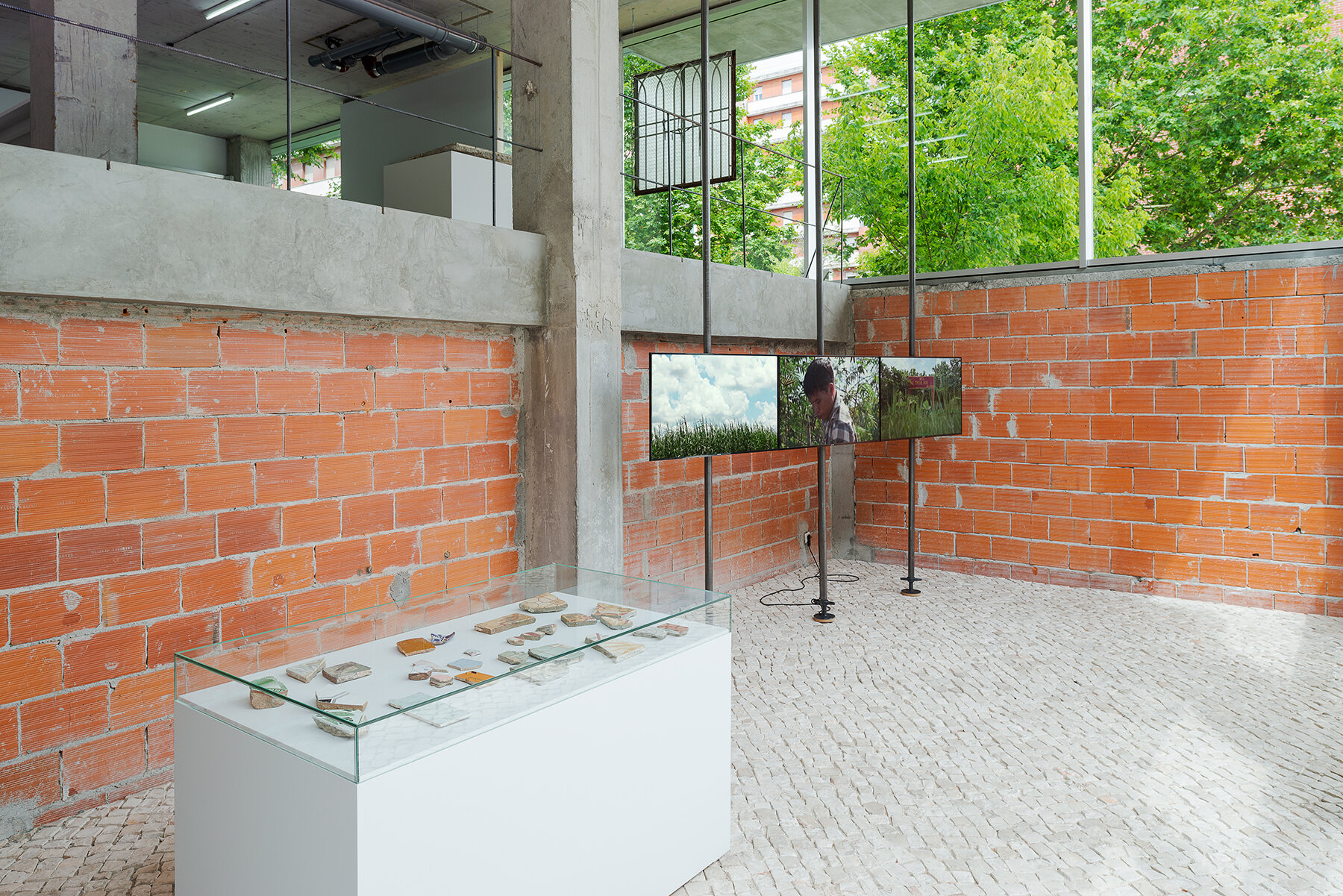
remnants of history: French colonial tile technology, pieces of home foundations, and traces of lived lives | 2016 | 28 retrieved pieces of cement/ceramic tiles and domestic objects
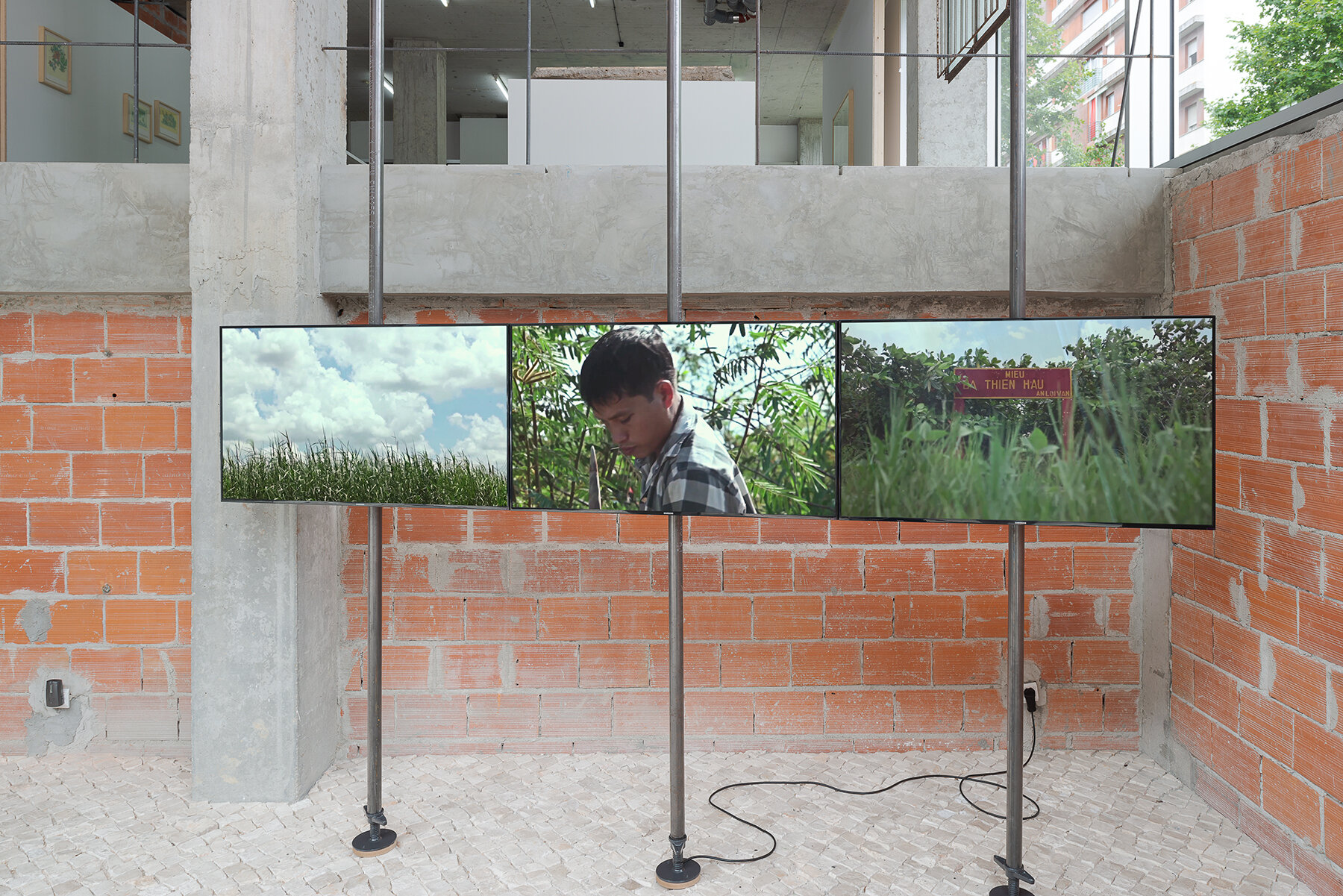
landscapes and traces of a people yet to come | 2013 | 3-channel video, HD, sound | 6:26 mins.

(L) Erasure begins from the will to knowledge | 2013 | recovered windows from demolished houses | 126 x 126 x 20 cm | (R) Carte Fluviale Sud Indochine B031-32 ed. 1954 | 2 archival maps | 38 x 53 cm each

erasure begins from the will to knowledge | 2013
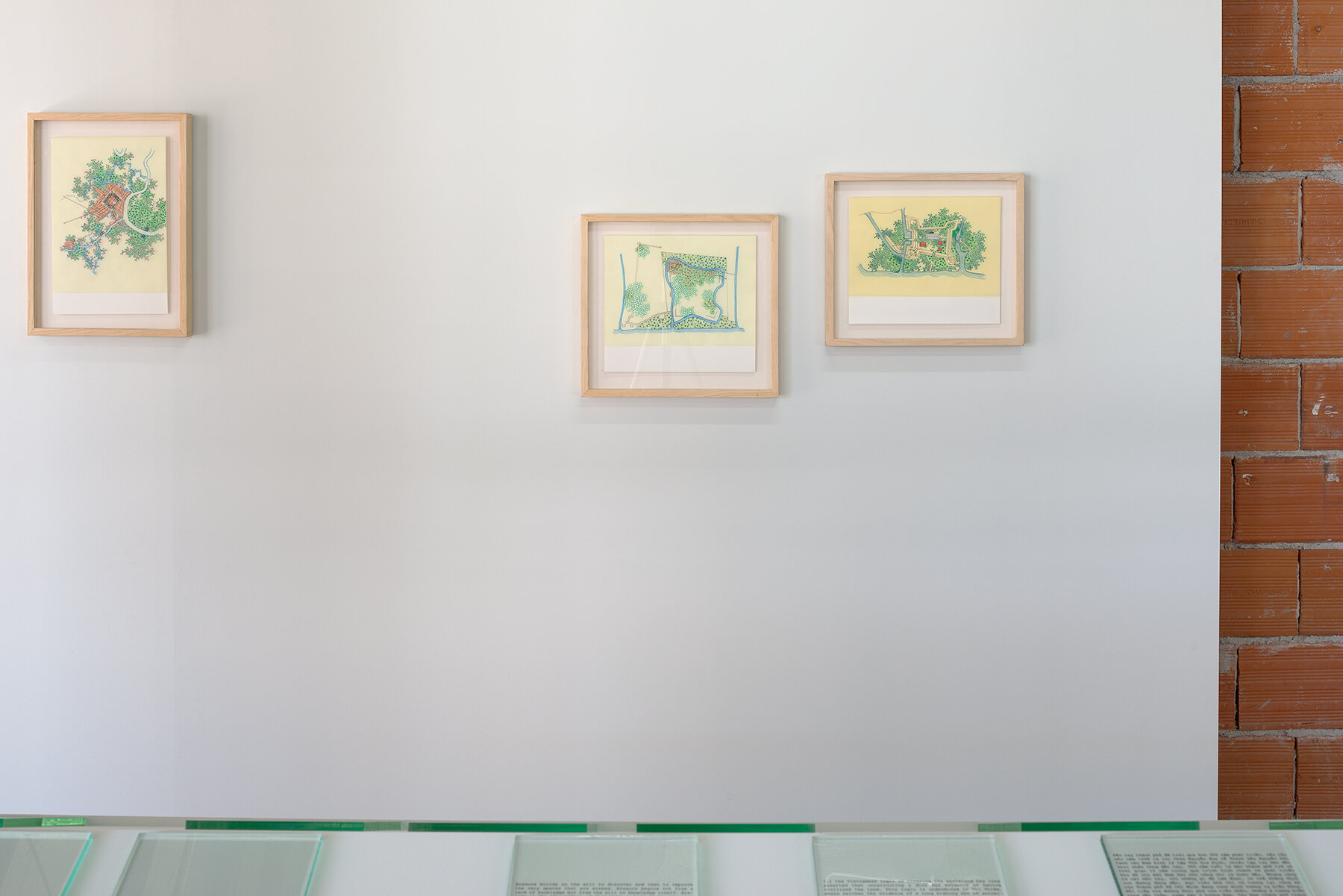

Saigon en 1795–On aperçoit le tracé de la Citadelle de Gia-Long et des Forts du Nord et du Sud | 2016 | 35 x 23 cm
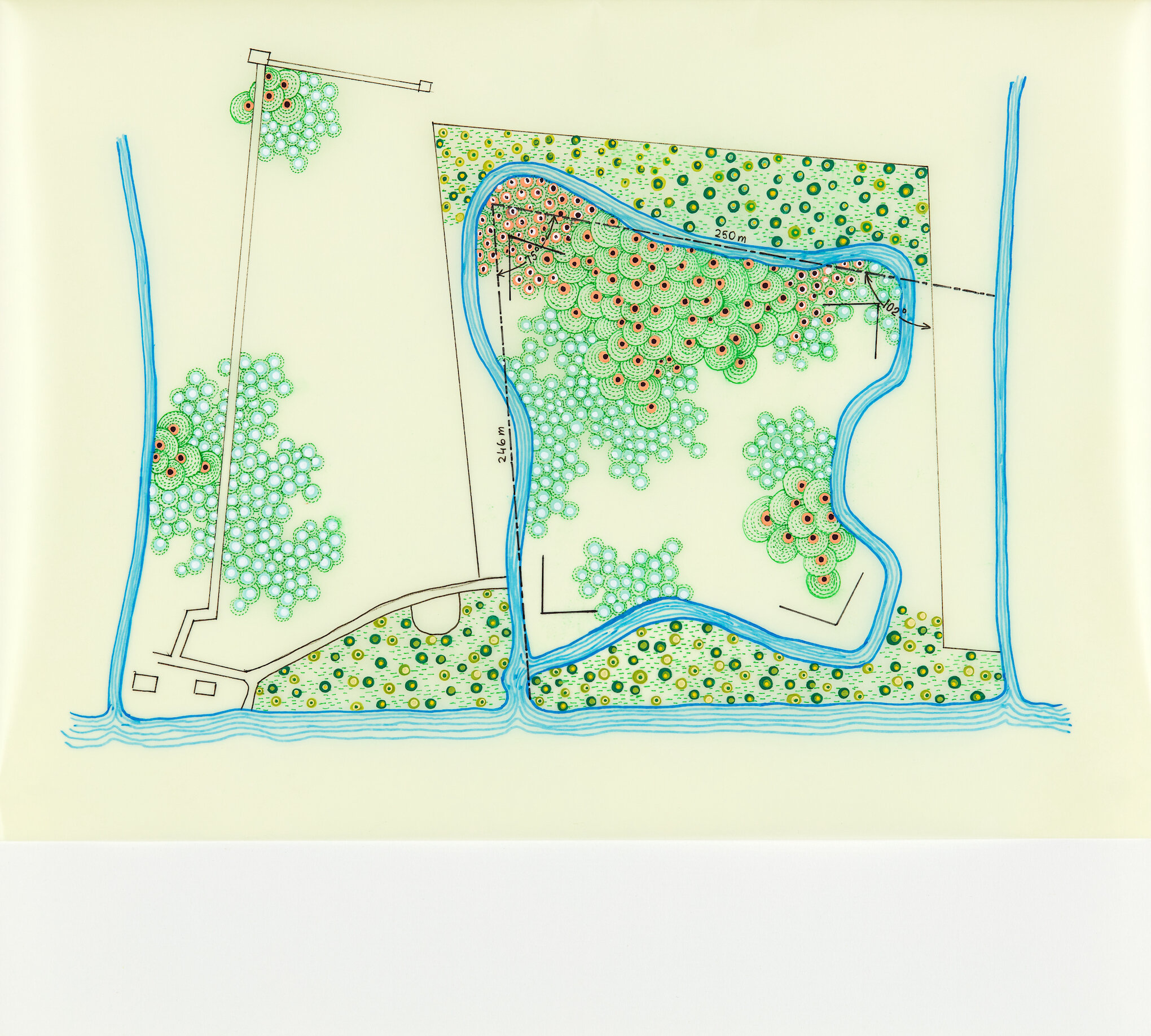
Fort du Nord-Plan du terrain militaire (Saigon, 26 août 1891) | 2016 | 27.2 x 30 cm

Etat des lieux du fort du Sud en indiquant l’emplacement des pièces mises en place en 1870 (Saigon, 23 août 1870) | 2016 | 25 x 30 cm

knowing into oblivion | 2013 | digital C-type on 26 glass plates | 16 x 23.4 cm each


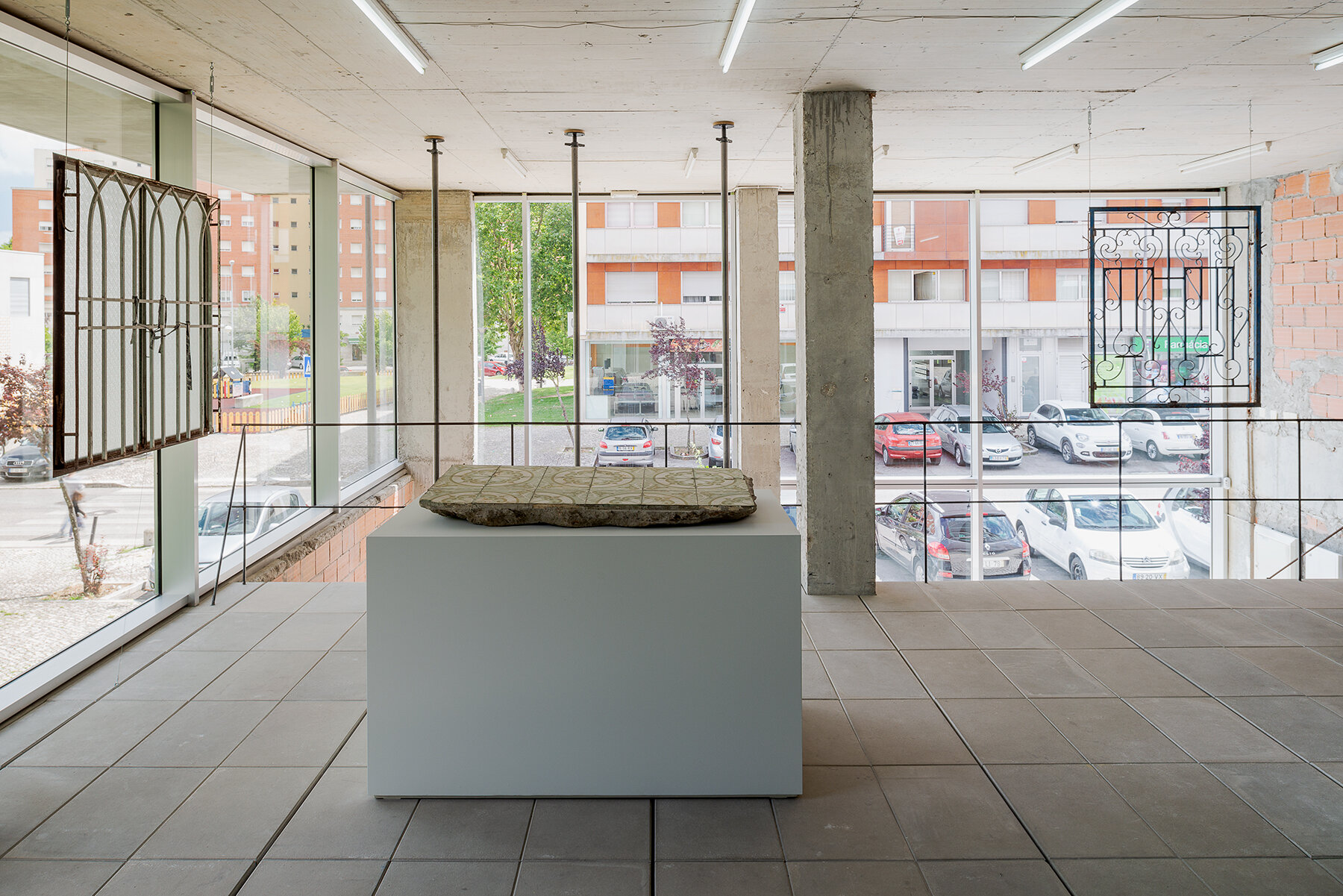

10°45’39”N 106°43’23”E | 2013 | 128 x 64 x 10 cm

video still
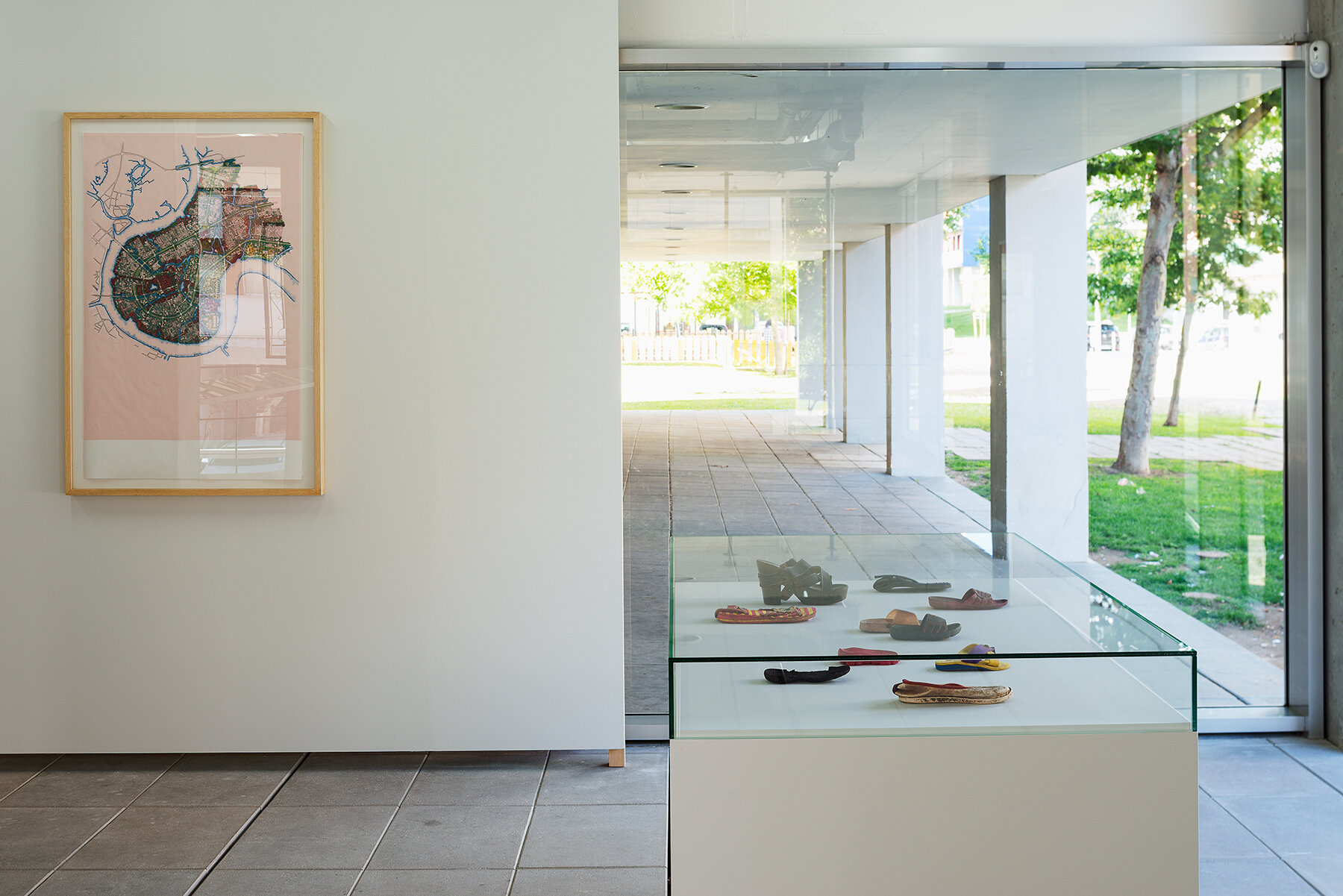
location: Cây Bàng Street–a shoe paved road, Thủ Thiêm | 2016 | 10 retrieved shoes
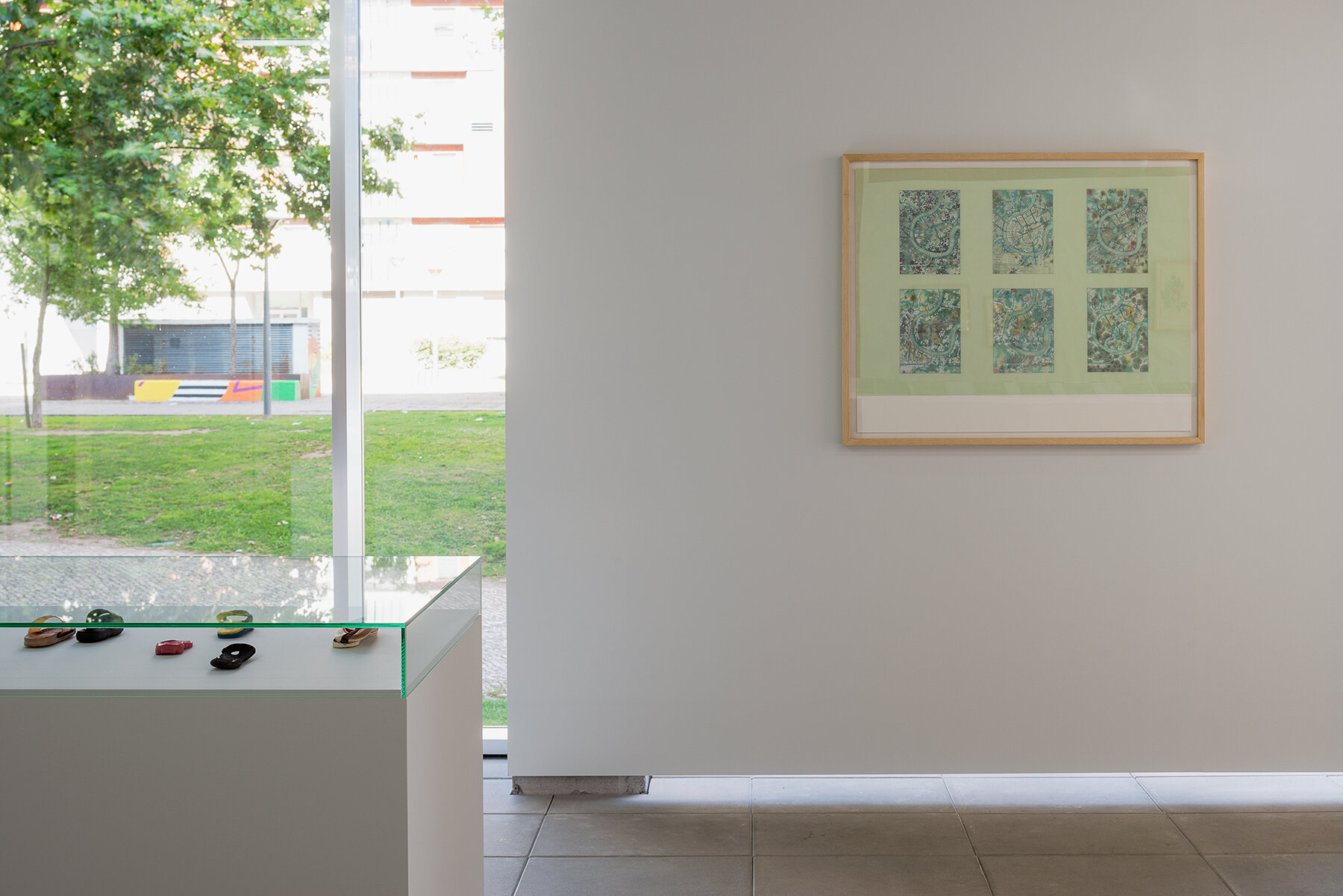
Chung’s projects often heed geographer Nigel Thrift’s call for renewed attention to the “spatial politics of affect” in everyday urban life.[1] As these textures of experience often challenge succinct and rational description, the notion of assemblage – in its definitions as an artistic method or as a collection of objects from an archaeological site – gives form to the sensory and emotional currents that characterize the particularities of the urban experience.
For this project, Chung conducted research into the history of Thủ Thiêm, a district in the Ho Chi Minh City metropolitan area razed for redevelopment as ‘Thủ Thiêm New Urban Area,’ a 657-hectare master-planned urban megaproject approved by the city government in 1996. About 15,000 multi-generation households had been evicted in Thủ Thiêm peninsula–many of the displaced residents traced their ancestors back to the area for more than three generations. The violence of this mass eviction took place not without resistance and noise of anti-corruption protests and went on in more than a decade. However, traces of life in the area were erased and the new urban area is taking form. Inspired by the archaeological discoveries of the Óc Eo culture in the Mekong Delta, Chung wanted to preserve some remnants of Thủ Thiêm’s settlements. However, she chose to conduct her excavation and retrieval ahead of time (2013/2016). As such, the project eschews “the conventional ex-post facto placement of peoples within already historicized places in favour of situating them as a ‘people yet to come’ (in Deleuze’s terminology) for future remembrance, as an act of becoming that presupposes a projected collective agency.”[2]
Chung subsequently re-staged the fragments of her excavations and research in a negotiated form of artistic assemblage to evoke the daily rhythms and the complex layers of history of this once lively landscape. Found items, such as windows, children shoes, fragments of cement/ceramic tiles and household objects, and a concrete slab, were retrieved and encased as future relics, reorienting the viewer’s aesthetic perception of these vernacular items’ materiality. These shattered objects also function as material witnesses of such violent erasure. A series of twenty-six glass plates etched with text related the history of urban development driven through the rhetoric of imperialist and nation-building projects perform a mapping function, tracing the language of modernization and producing an archival narrative that spatially accompanies Chung’s cartographic drawings. These texts are snippets of a historical process of reclaiming wastelands [khai hoang], from the pre-colonial time that continues throughout different periods, and into the present time.
The notion of clearing wastelands obscures the fact that these lands were long home to other peoples, especially Khmer and Cham. Being perceived by city dwellers as a shanty town ‘housing the marginalized poor,’ Thủ Thiêm had always been rendered empty in most maps of Sài Gòn,[3] although it is only across the river from the city center, densely populated, and as old as Sài Gòn itself. The historical rhetoric of expansion in Việt Nam[4] is articulated in the case of Thủ Thiêm as ‘progress,’ repeating the act of erasing as a civilizing mission, not at all different from the French colonial policy mise en valeur.
[1] Nigel Thrift, “Intensities of Feeling: Towards a Spatial Politics of Affect,” Geografiska Annaler 86B (2004), 57.
[2]Gardner, Colin (2013) The Archaeology of the Mirror: Tiffany Chung’s Heterotopic Cartographies. Nimes: Musée d'Art Contemporain Carré d'Art.
[3] Harms, Erik. Luxury and Rubble: Civility and Dispossession in the New Saigon. Oakland: University of California Press, 2016.
doi: http://doi.org/10.1525/luminos.20; 13.4
[4] ibid.; 9.2
Related Exhibitions:
Thủ Thiêm: an archaeology project for future remembrance | Lumiar Cite - Maumaus | Lisboa | 2019
Thủ Thiêm: an archaeology project for future remembrance | Johann Jacobs Museum | Zurich | 2018
Still (The) Barbarians: EVA International–Ireland’s Biennial | Limerick | 2016
Some Are Nights Other Stars | Towner Art Gallery, Eastbourne, UK | 2016
Seismograph: Sensing the City-Art in the Urban Age | Art Stage Singapore | 2016
My Voice Would Reach You | MFA Houston & Chao Center, Rice University | 2014
an archaeology project for future remembrance | GQ, HCMC | 2013
